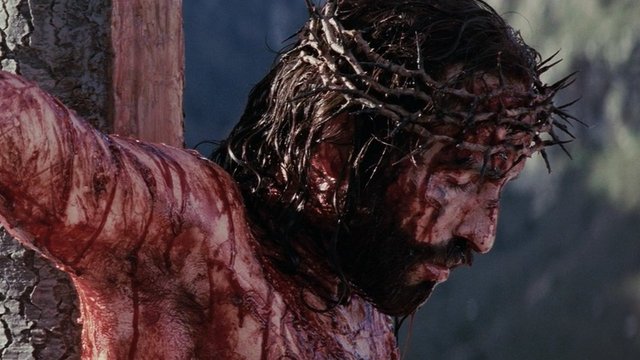
Vía Crucis is a Latin term that in Spanish means Camino de la Cruz. It refers to the path traveled by our Lord Jesus Christ, loaded with the Cross from Pilate's Praetorium to Mount Calvary and in it, since he was nailed to the gallows until he was placed in the tomb. It consists of fourteen scenes "steps" or episodes that are called stations, for constituting moments of stop or rest.
According to a tradition documented in the fifth century, the Blessed Virgin is presented to us, traversing every day the places where her Divine Son had suffered and shed his blood; in the places indicated he stopped, evoked at the same time the sweet and bitter memory, kissed the ground and prayed.
The origin of the Via Crucis goes back to Jerusalem as a natural and immediate consequence of the Passion of Christ. Certain places on the Via Dolorosa (although it was not named before the 16th century) were reverently marked from the first centuries of the Christian era. The Way of the Cross became the goal of many pilgrims, who went to live in the first person the biblical meditation, while they toured the true scenes of the Passion of the Lord.
Until the tenth century it is not usually indicated division into stations and until the thirteenth century is not determined the exact route by which walked through the streets of the city carrying the Cross. In the twelfth and thirteenth centuries begins to speak of scenes or seasons. Several authors (Riccoldo, Sanuto, Pipin, etc.) propose some of them. The first ones that take body are those of the Praetorian or Eccehomo, the consolation of the pious women or Nolite flere, the encounter with his Mother or Pasmo of the Virgin and that of the Cirineo. Some substitute the encounter with the Virgin for an episode where Jesus rested, corresponding to one of the three falls.
Juan Palomer (1422) cites five stations, which he names in the opposite direction, from Calvary to the house of Pilate: a rest of the Lord at the foot of the hill, the Cirineo, the encounter with the pious women, the encounter with the Virgin and the Praetorium. A few years later Jacobo de Verona and Jorge de Nuremberg add the episode of Verónica. In the middle of the XV century the stops of the pilgrims' route are already fourteen and they are beginning to be called stations.
Felix Fabri adds in 1480 the episode of the judicial door (the second fall), and divides the place of Calvary, considered altogether until that moment, in the last five seasons, each with its own place of prayer and differentiated from the others (Naked, nailed, raised the cross, the disconsolate of the Virgin and the Holy Sepulcher).
